Make it Stick
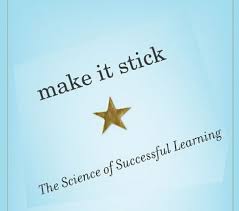
Procrastinate – Cram – Test – Forget. This is how most kids get through school. They may pass the class, but they don’t necessarily learn the material, much less remember it for any length of time. What if we could design our instruction so that the learning really stuck, so they remembered our content for years rather than just for long enough to pass the test? There is a way and it’s so simple. In this resource, you will learn how working memory and long-term memory function and how you can use the strategies of retrieval practice, spacing, interleaving, and feedback to help kids retain the content you are working so hard to teach.
Send-a-Question

This strategy promotes team building and concept review as well as explorations that are more open-ended. Students work in groups of 3 or 4. Each team “puts their heads together” for a few minutes to develop a question or problem for another team to answer, solve, or respond to. Before they send it to the next team, they must draft an acceptable response to their question…
Problem-Solving Carousel
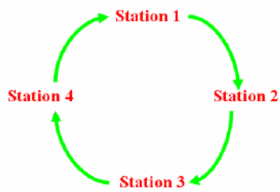
Each station has a different multi-step problem written on a large whiteboard or piece of chart paper. Groups are assigned to a station and begin working together to solve the problem written there. Time is called…
Value Lines – Where do I Stand?

This strategy is a blend of Bend the Line and Philosophical Chairs that has been adapted to promote team building and exploration of the deeper reasoning underlying diverse views. Students are given a provocative statement or claim and must decide to what degree they agree or disagree with it…
Two No-Prep Strategies to Crowdsource Student Learning in Your Classroom
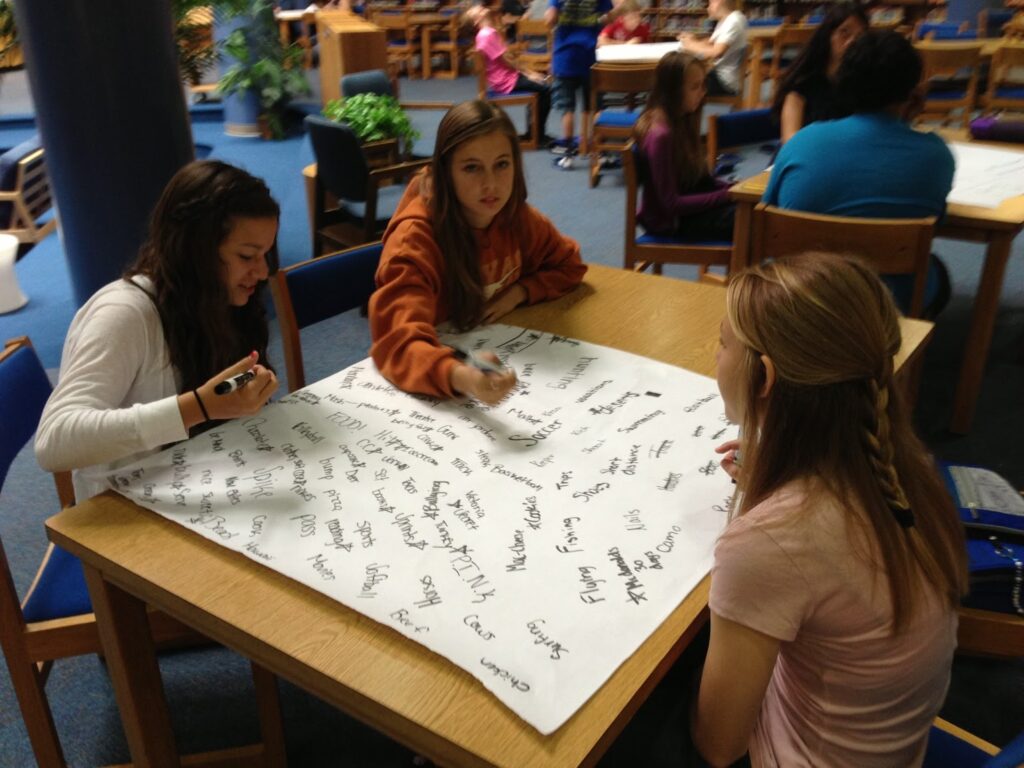
In this post are two strategies you can use in your classroom that engage students in “crowdsourcing” learning via retrieval practice. No prep or grading required!
5 Ways to Turn a Worksheet into a Collaborative Critical Thinking Activity
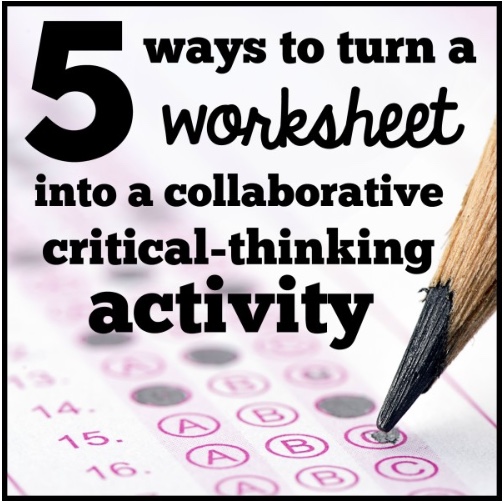
Here are 5 no prep ways you can turn just about any lower level thinking or rote practice worksheet (like a multiple choice or fill-in-the-blank quiz, or math drill workbook page) into an activity that’s collaborative and includes higher level thinking skills. The best part? The activities are engaging for kids and FUN.
Forced Choice Partners (Would You Rather…?)
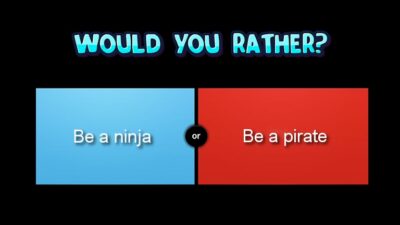
This activity can be used as an icebreaker or as a way to move students into pairs or small groups for content-related discussion. The teacher asks (or projects) a question on a light or funny topic that forces students to select one of two options…
What’s It Really About Carousel
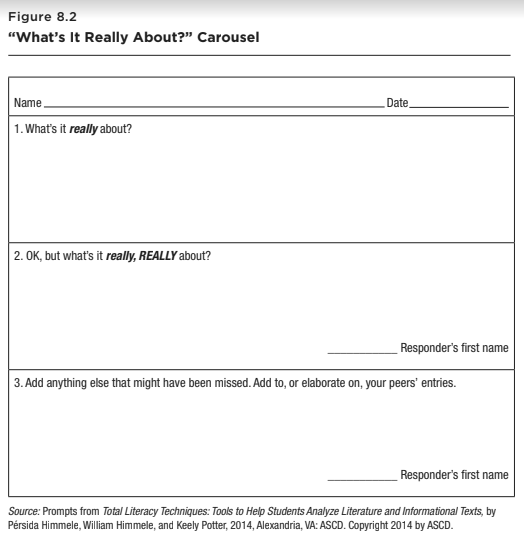
“What’s It Really About?” Carousel What It Is This activity is similar to the Debate Team Carousel except that it has only three rounds. It works well when students need to analyze content that is rich with themes, implications, inferences, and deeper purposes. How It Works Ask students to respond to the first box by trying to […]
A Better Table Summary
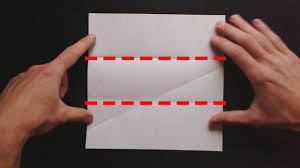
This activity allows students to process the most essential elements of the day’s lesson. They create a summary, combine summaries, and critically analyze their peers’ summaries to come up with better summaries of the day’s lesson.
List, Group, Label
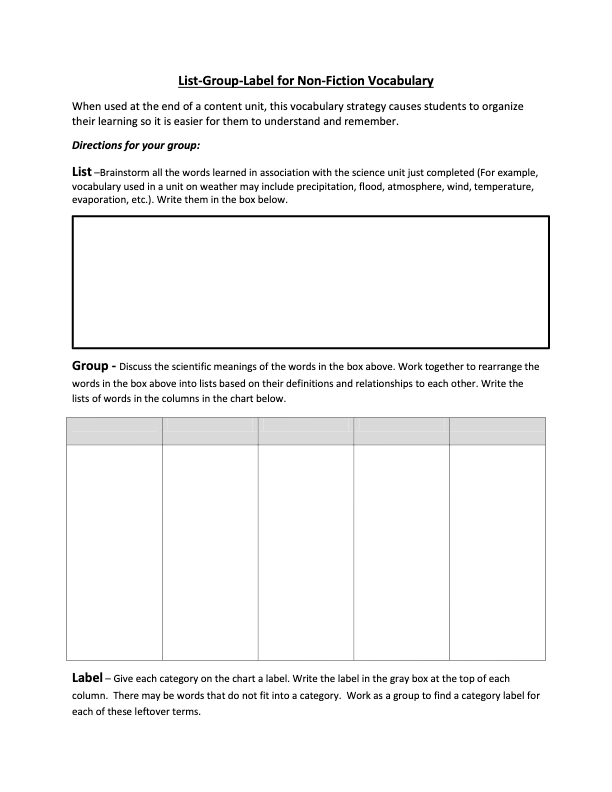
List, Group, Label is an excellent way to have students collaboratively “spill their brains” onto a sheet of paper at the end of a multi-lesson unit. We’ve modified it here so that it embeds the first step of the Ripple, by asking students to brainstorm on their own first.
IQ Cards (Insight & Question)
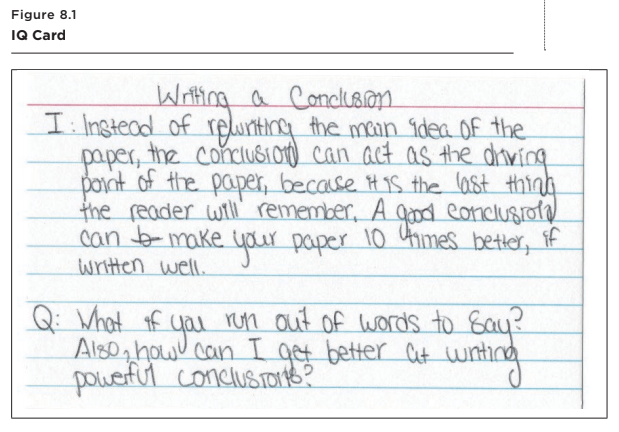
IQ Cards allow all students to share two things: an insight (I) and a question (Q). They also allow all students to read one another’s insights and questions in a collaborative final step. These work well wtih difficult-to-test concepts that are measured by bigger-picture understandings. Examples might include historical conflicts and inequities, human responsibility, climate change, conservation, and controversial readings.
Debate Team Carousel
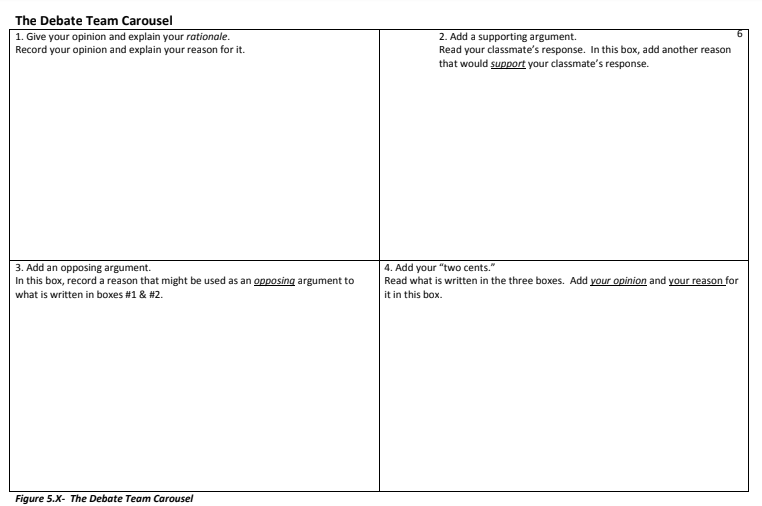
Debate Team Carousel is an activity in which students debate a position from various angles as prompted on a template. It allows students to see various aspects of an issue and consider what the opposing and supporting arguments for a certain position might be.
The Ripple
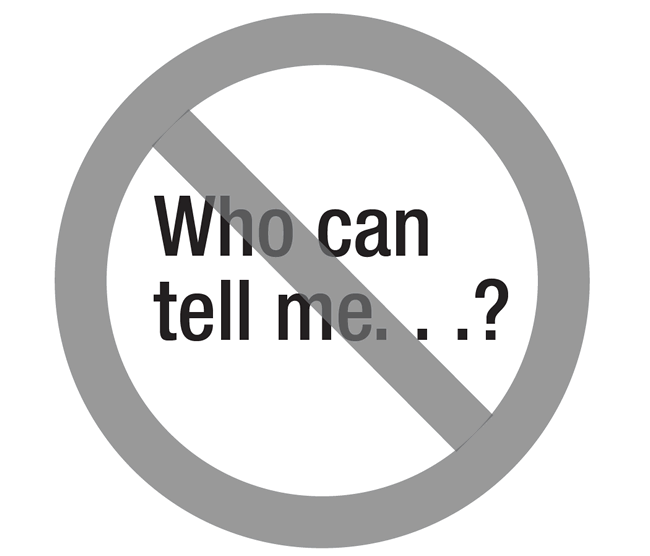
In the traditional question-and-answer approach, a teacher poses a question to the class as a whole and a small handful of eager students respond while everyone else remain disengaged. In this “beach ball scenario”, the teacher doesn’t get an accurate assessment of what the others are thinking or what they have learned until it is too late. Calling on an individual student should be a teacher’s last resort when it comes to classroom discussion.
Feature Walk
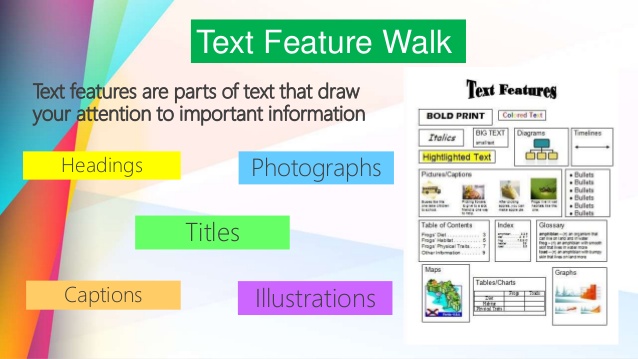
The Feature Walk allows students to get out of their seats and work in small groups as they analyze important features presented in their textbooks or in related online resources. This technique is excellent when you don’t want students to overlook important images or text features that can support their understanding of content.
Categorizing & Sorting
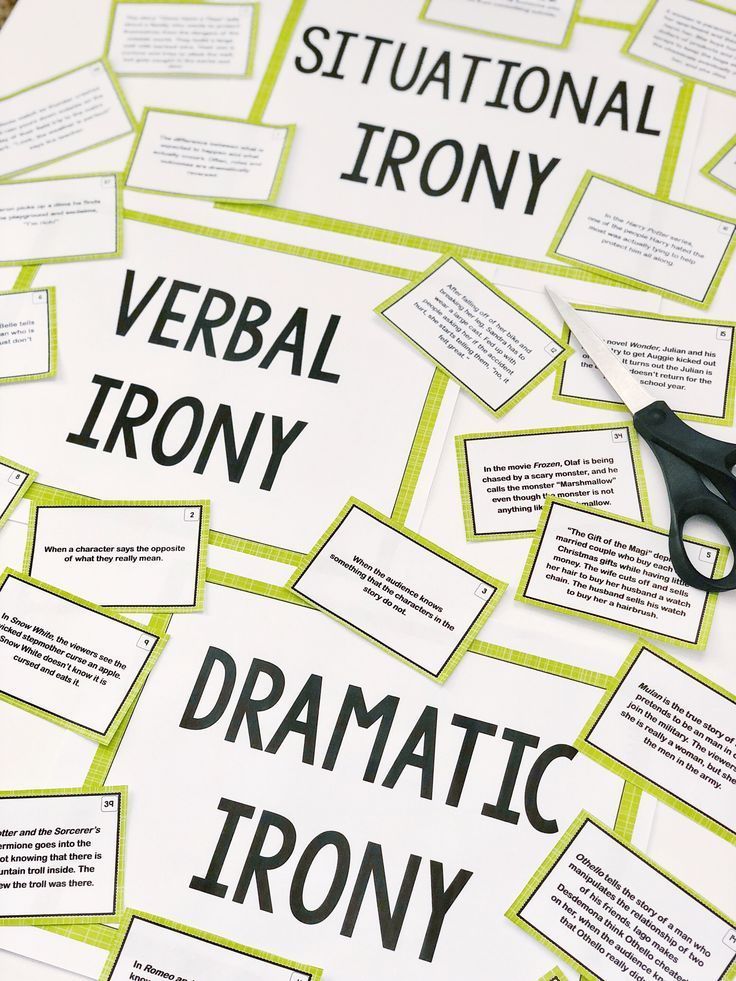
Categorizing and sorting can be used to help students understand a wide variety of unique characteristics and concepts. This interaction provides students with opportunities to see how items can sometimes be sorted in different ways and still be correct.
RallyTable
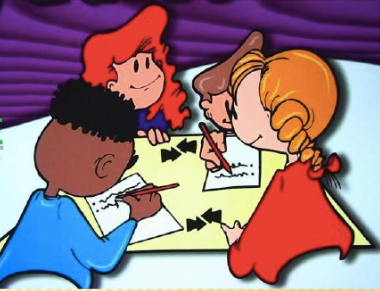
Partners take turns providing ideas/ answers or solving problems orally or in writing. Variations include Rally Table and Rally Coach.
Three-Step Interview
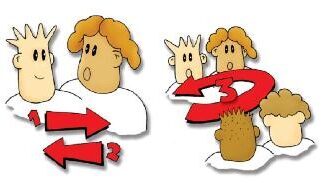
Students interview their partner and then each share with teammates what they learned.
Telephone
One student per team leaves the room during instruction. When students return, teammates provide instruction on the information missed.
Stand-N-Share

Teams check off or add each idea as it is shared by other teams, sitting down to show that every teams’ ideas have been shared.
Talking Chips
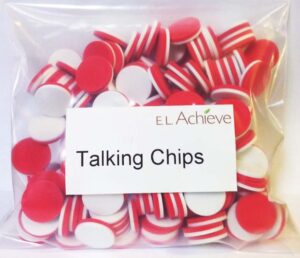
Teammates place talking chips in the center of the table to make sure everyone contributes to the team discussion.
